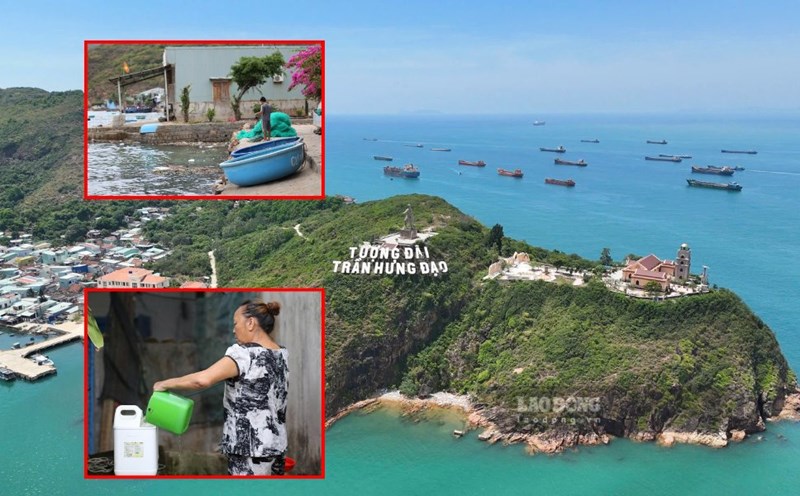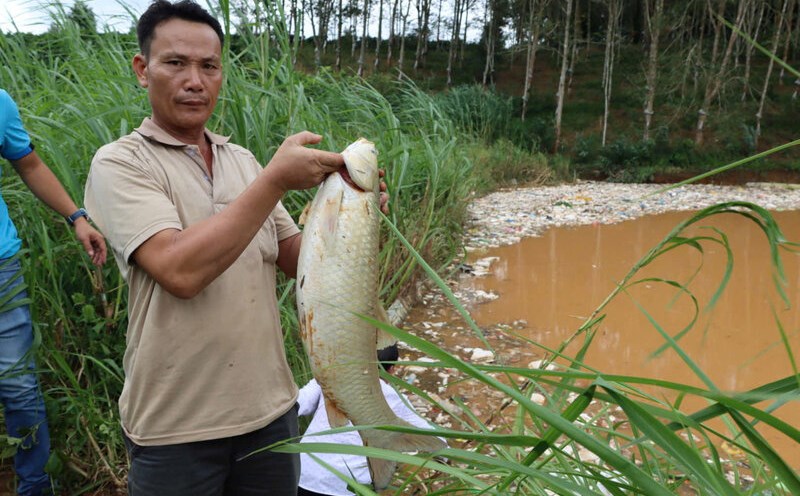Located on Tran Hung Dao Street (Quy Nhon Ward, Gia Lai Province), the doi Tower - also known as Hung Thanh Tower - is one of the 8 remaining clusters of Cham Tower in the old Binh Dinh Province, now under Gia Lai.
The project was built from the end of the 12th century to the beginning of the 13th century, and has existed for about 800 years, being a typical religious architectural relic of the ancient Cham Pa Kingdom.
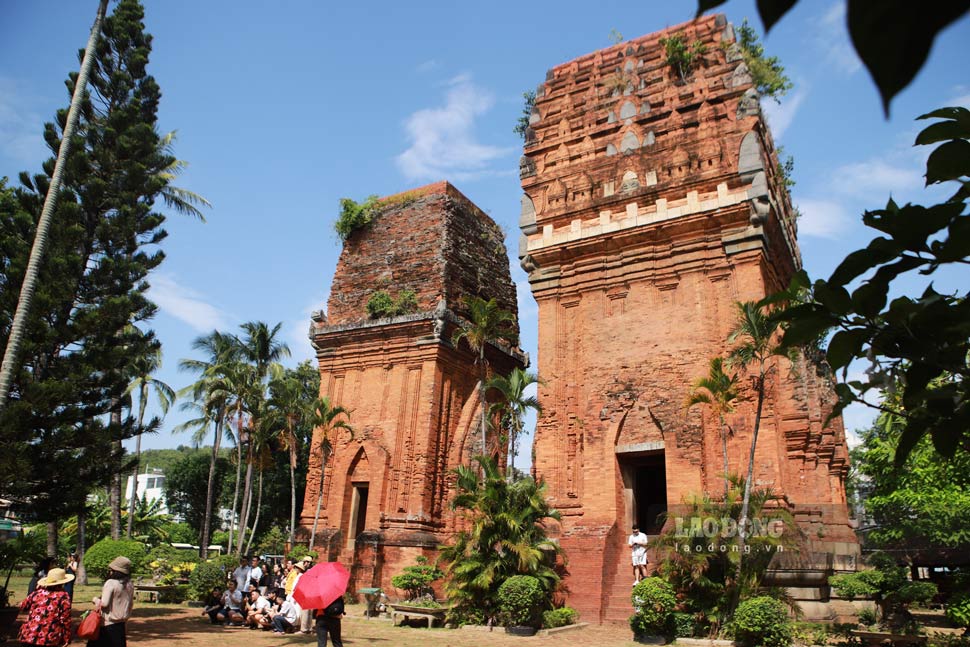
The complex consists of 2 towers: The large tower is about 22m high and the smaller tower is over 17m high, both of which are facing the South. The tower is built with terracotta with special bonding techniques, including 3 parts: a sturdy tower foundation, a square tower body and a unique curved tower top.
The large tower preserves sophisticated carvings such as the Cham women's dance, the monk meditating, and the elephant crab. The twin towers are also influenced by Khmer architecture in the 12th - 13th centuries. The pointed arched roofs of the spearhead, Garuda relief and Khmer mascots on the rooftop reflect the intersection period between the two cultures.
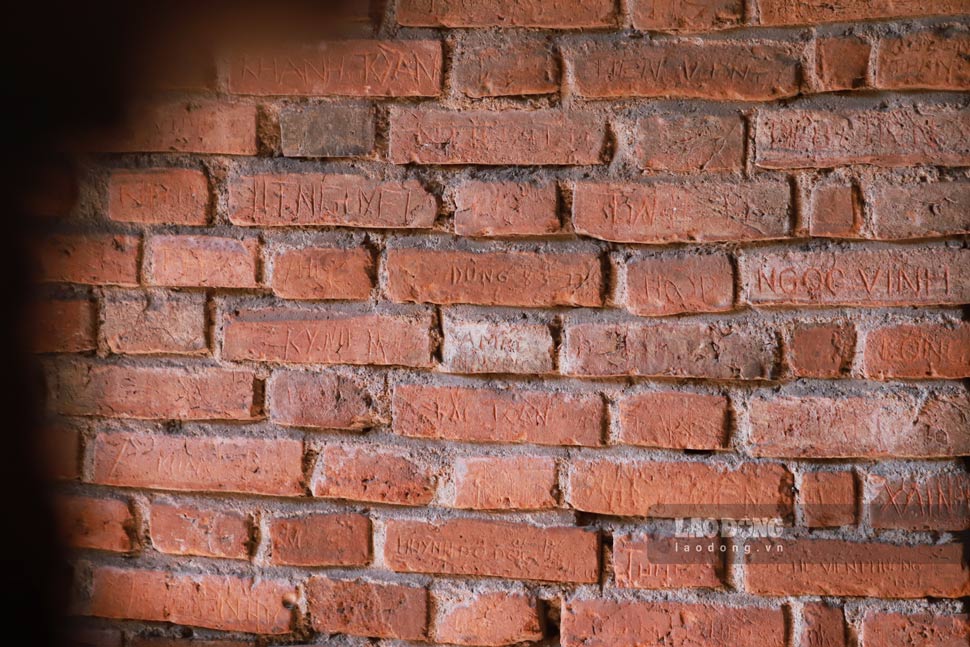
Recognized as a National Art Monument since 1980, the doi Tower is a famous destination of Quy Nhon, and is a vivid testament to the brilliant period of Cham Pa culture. However, the relic is currently being damaged by stains and paintings on ancient bricks, causing many tourists to be upset.
Mr. Nguyen Huynh Thai Anh (26 years old, a tourist from Ho Chi Minh City) shared that during his trip to Quy Nhon, the Thai Tower was one of the tourist attractions that he and his group of friends chose. However, when he saw with his own eyes the ancient bricks painted with white sticks, he could not help but feel heartbroken.
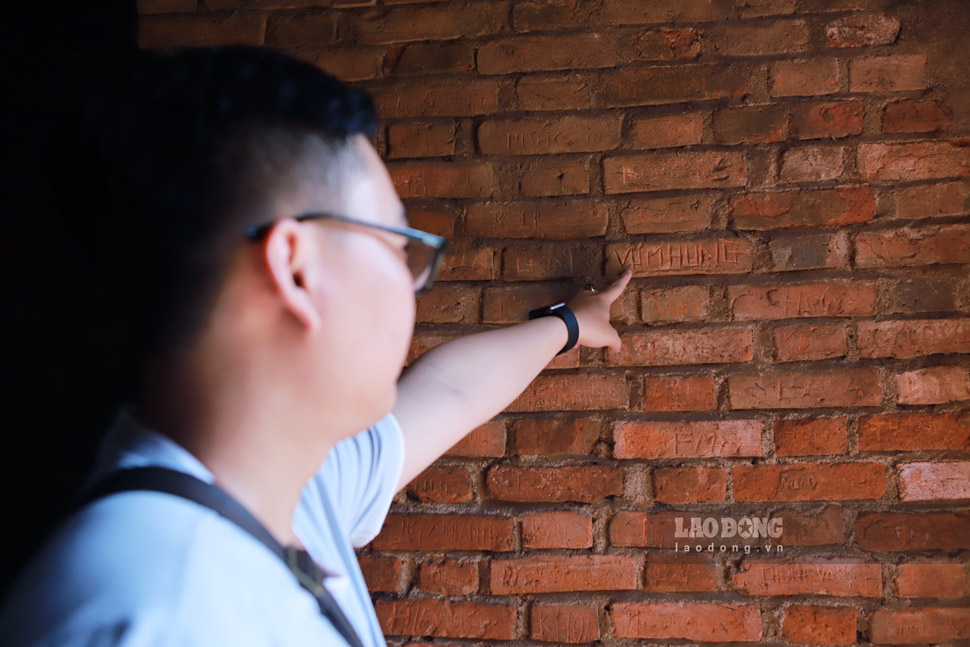
"The twin towers are very ancient and famous, but on both sides of the entrance wall there are many deeply engraved lines, even erased pens, causing offense. I think the management unit needs to be more responsible in preserving it, so that future generations still have the opportunity to admire this ancient culture," said Mr. Thai Anh.
On August 1, speaking with Lao Dong, Mr. Bui Tinh - Director of the Gia Lai Provincial Museum (the unit managing the Tower) - said that many lines of engravings on the tower wall have appeared since the war, before the Tower was classified as a relic.
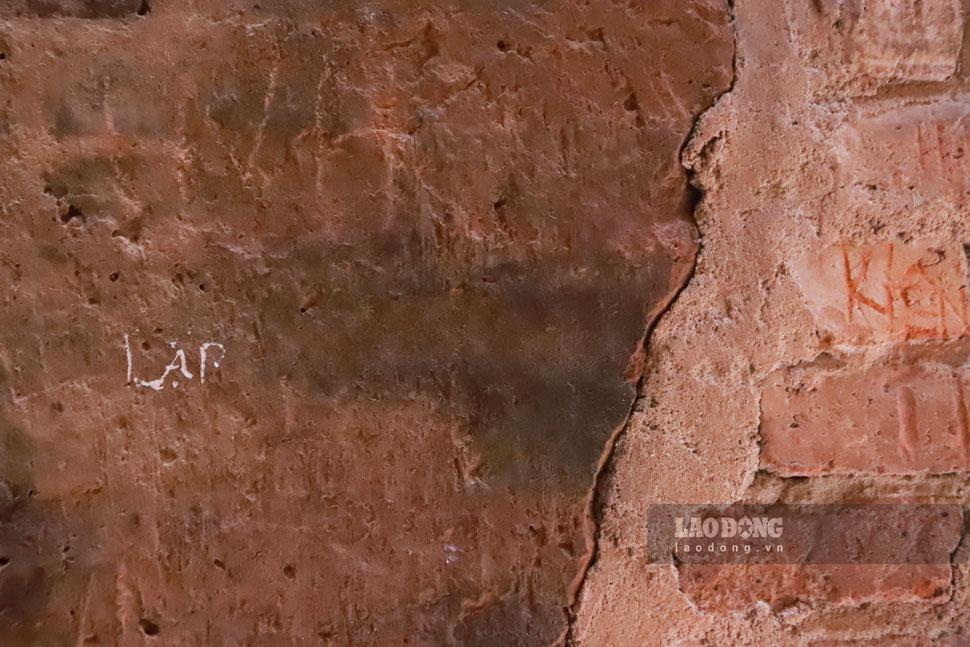
After being recognized as a relic, the doi Tower was once managed by the People's Committee of Quy Nhon City (old Binh Dinh). In 2016, Binh Dinh Provincial Museum (now Gia Lai Provincial Museum) took over management, regularly closely monitoring to prevent encroachment and reckless painting. The unit has also arranged a signboard, requiring visitors not to write or paint on the ancient brick walls.
In response to the tourists' feedback, Mr. Tinh said that the doi Tower is a national relic, so the repair and remediation must be permitted by the Ministry of Culture, Sports and Tourism (VHTTDL).
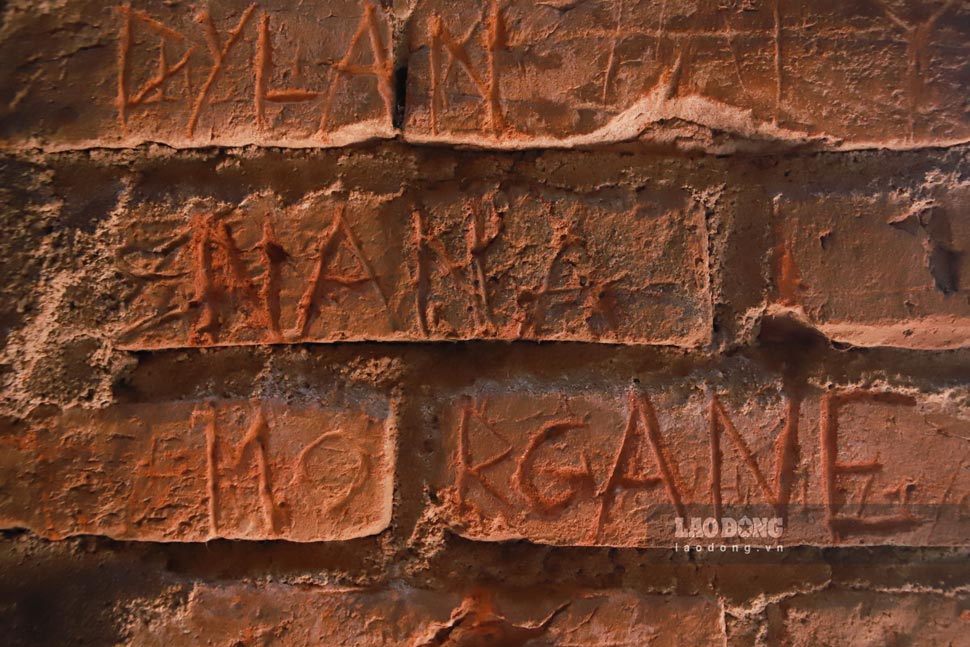
"We will invite experts to survey and assess the current situation to propose solutions. From there, synthesize opinions and advise the Department of Culture, Sports and Tourism on carrying out renovation and embellishment of degraded items, and at the same time handle the above situation", said Mr. Tinh.
Ms. Do Thi Dieu Hanh - Director of the Department of Culture, Sports and Tourism of Gia Lai province - affirmed that the lines of engraved and carved on the walls of the Doi Tower have appeared since the war. After receiving management, the unit has strictly controlled, so there is no longer any new grease or painting. Regarding the direction of the solution, Ms. Hanh said she would inform later.



